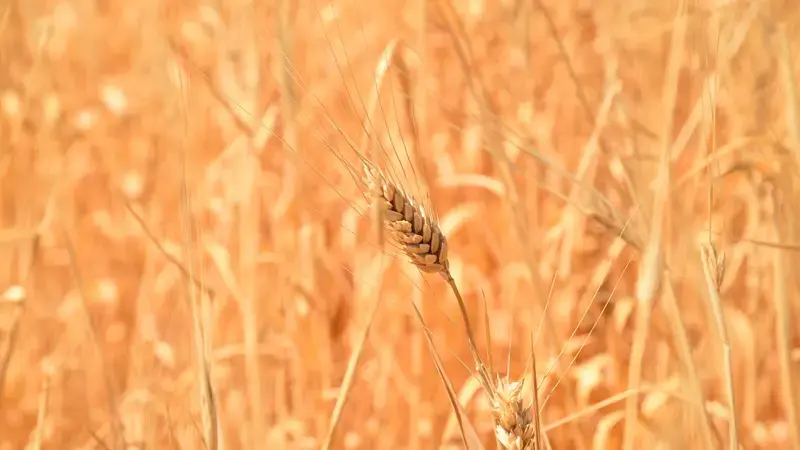Studying changes in Jordan’s barley genetic diversity and structure

Barley remains an essential component of Jordan’s landscape, providing food security in the country’s rainfed agricultural system. A recently published analysis demonstrates for the first time temporal variation in the country’s barley landrace diversity. The study underlines the importance of seed management practices and ex-situ conservation on shaping diversity of landraces in building resilience and adaptation to climate change.
Background
Landraces are a critical element of food security. They are used in breeding because they are an important source of unique variability, in particular, regarding adaptive traits. On-farm management of landraces, i.e. maintenance of genetic diversity in production systems, is an essential complement to ex- situ conservation. Importantly, it allows adaptive processes to continue, which shape landrace genetic diversity and result in unique resources for farmers and breeders.
Barley is the fourth most important dryland cereal crop worldwide in terms of production, yield and area harvested. It is adapted to marginal areas and stress-affected environments and is therefore important to small holders in developing countries. In Jordan, barley is the predominant crop in areas with less than 300 mm of annual rainfall. In these areas, barley is mainly grown for animal feeding; both grain and straw are utilized. Given that water scarcity is a major environmental challenge in Jordan and dry areas in general, a crop such as barley will likely remain an essential component of the landscape, providing food security in Jordan’s rain-fed agricultural system.
The study
To examine how landrace barley diversity has changed in Jordan over recent decades, researchers (Thormann et al., 2017) sourced landrace samples collected in Jordan in 1981 from a genebank, and re-collected contemporary samples from the same sites in 2012. The study examined genetic and phenotypic diversity at both time points to investigate the pattern of temporal changes in diversity, and sought to understand whether these changes were associated with geography or climate.
No significant changes were observed in the amount of genetic diversity, but samples collected in 2012 were more homogenous and less locally distinct. In two sites, replacement of the old material was observed. There was a change in phenotype, and phenotypes were found to be more homogeneous among sites in 2012. While the amount of genetic diversity for long-term potential for adaptability and persistence and the number of multi-locus genotypes was maintained, local distinctiveness among landrace barley populations in Jordan was reduced.
Conservation of landrace diversity: a potential for evolution
The study results underline the importance of seed management practices on shaping diversity in landraces maintained by farmers. The increased availability of varieties and centrally coordinated seed production and distribution have likely contributed to decreasing differentiation and reduction in population structure, because seed exchange and genetic population structure in landraces are found to be interdependent . The potential for evolution and adaptation to ever changing environmental conditions is one of the major advantages of active on-farm conservation of landrace diversity. The assessment of changes in landrace diversity over time, combined with analysis of seed management practices, diversity and partnership with national system can be extremely useful and help inform concrete interventions for the conservation of landrace and crop diversity for climate change adoption.
ICARDA genebank holds 32,560 accessions of Hordeum species with 30,201 accessions of cultivated barley including 246 originating from Jordan and 2,359 accessions of wild barley including 337 originating from Jordan. For the study cited, ICARDA has provided the samples collected prior to 2012.
Author: Chandrashekhar Biradar (ICARDA)
